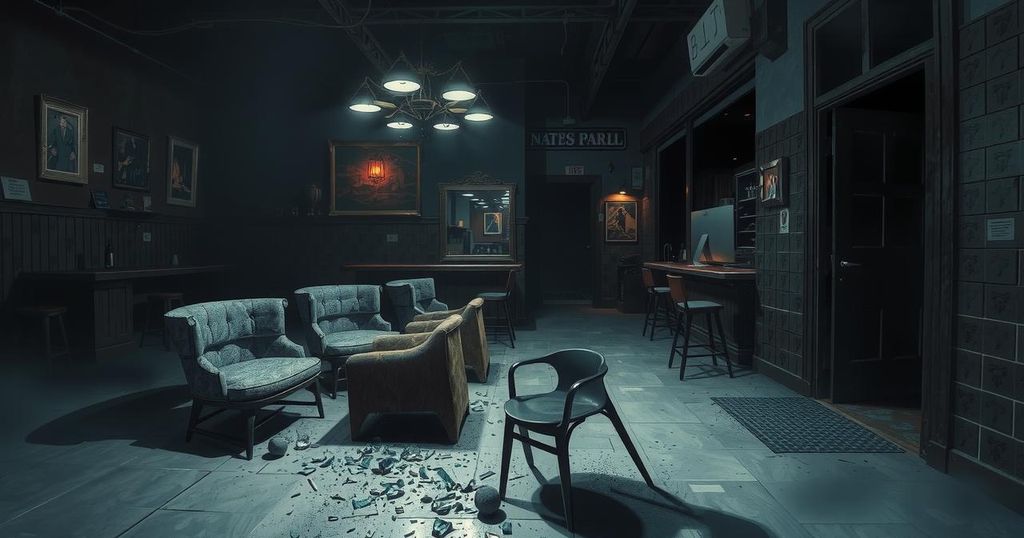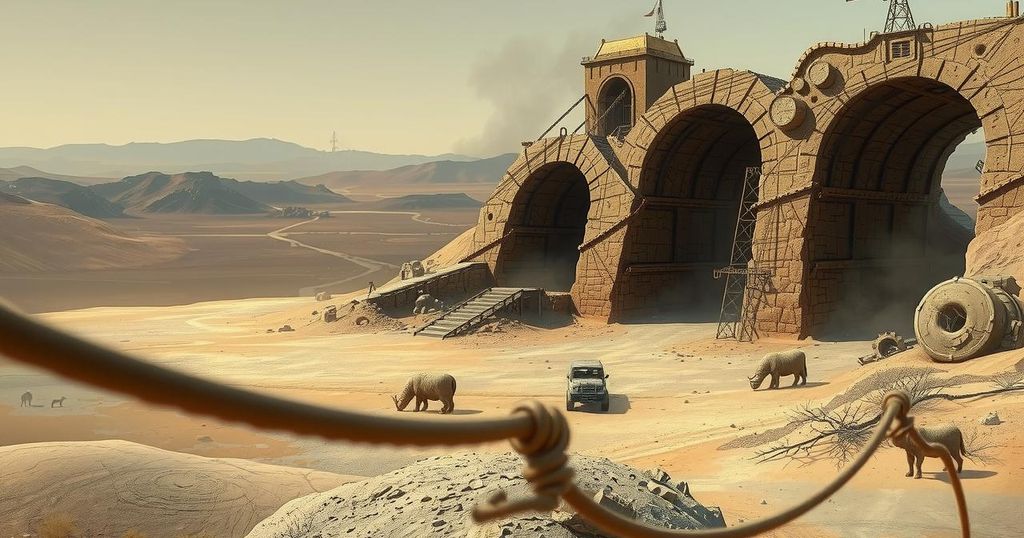Visual Retelling of the Thiaroye Massacre Uncovers French Colonial Atrocity
This article discusses Yves Monteil’s photographic project on the Thiaroye massacre, where Senegalese soldiers were killed by French troops for demanding unpaid wages. The project highlights the historical significance and the obscured narratives surrounding the event, challenging official accounts and advocating for recognition of these injustices.
In 2002, French photographer Yves Monteil discovered the Thiaroye military cemetery in Senegal, where Senegalese soldiers, massacred by French forces during World War II for demanding unpaid wages, were buried. This historical tragedy, which occurred on December 1, 1944, remains shrouded in contention regarding the death toll, with official figures citing 35 casualties, while other estimates report over 300 deaths.
Monteil’s work, titled “Fecci Worma” (meaning “High Treason” in Wolof), encompasses three years of research and photography, bridging the journey of these soldiers from their return in Morlaix, France, to their tragic fate in Thiaroye. His approach included capturing early morning light reminiscent of the soldiers’ departure and photographing descendants and experts to preserve their stories.
In conjunction with his visual documentation, Monteil employed infographics and maps to clarify complex historical narratives. His research utilized French military archives to reconstruct the layout of the transit camp where the soldiers were temporarily housed. Through overlaying contemporary images with historical maps, he revived a narrative previously lost to time.
Monteil’s investigation was bolstered by collaboration with French historian Armelle Mabon, who provided insights into the inconsistencies of official accounts. Despite challenges, such as obstruction from the French government and gaps in official documentation, Monteil’s mission to uncover the truth remains steadfast.
To publish his findings, Monteil opted for crowdfunding to maintain editorial independence, emphasizing how mainstream publishers may shy away from sensitive topics like the Thiaroye massacre. The initiative aims not only to record the events that transpired but also to initiate excavations by the Senegalese government for further exploration of the historical site.
The visual retelling of the Thiaroye massacre by Yves Monteil seeks to illuminate a pivotal yet overlooked chapter in colonial history. By intertwining photography and archival research, Monteil sheds light on the injustices faced by Senegalese soldiers and emphasizes the need for truthful acknowledgment of historical narratives, despite challenges from official accounts. His dedication contributes to a broader understanding of colonial atrocities and the ongoing struggle for historical clarity.
Original Source: www.rfi.fr



Post Comment